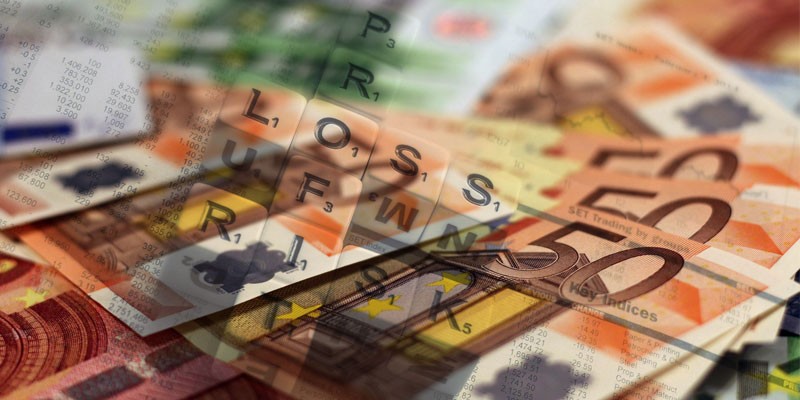How to Find Risk Reward Ratio That Works for You in Forex Trading
Posted on 14th Feb 2018
The formula for success in forex trading is to strike the right balance between how much you risk per trade and how much you earn. There are no set standards for the ideal risk-to-reward ratio. It must be adjusted according to the market conditions, your entries & exits and an appropriate time-frame. Many traders resort to higher risk ratios in order to compensate for dismal execution which is not advisable. Generally risking 2-3% of your capital is recommended per trade. There is certainly no Holy Grail to finding the perfect reward-to-risk ratio. But following certain guidelines can ensure that you are almost there.
1. Looking at your win rate:
Before finding the apt risk ratio for you, it must first be certain that you win as many times to reach that potential reward. For instance, if you have a 1:1 ratio that means that your potential gain equates your loss. Thus, for it to work you must be right at least half the time. Using a 4:1 ratio implies that your potential gains are 4 times as large as likely losses. For a more tailored risk ratio besides win rate you can also use info from factors like expectancy, the current trading environment (high risk ratios work better on trends) and the currency pair’s average volatility range.
2. Moving the Stop Loss:
You must not allow your stop loss to remain at its starting position. To have a 1:3 trade, the distance of your entry and your ultimate target should be divided into 3 parts (at least), while each part is equivalent to your original stop loss value. For example, if you have a 60 pips stop loss, you should have a final target of 180 pips that should be split into three 60 pips levels.
3. Taking the robust setups:
You can consider taking the robust trade setups on the long time-frames like daily, weekly or monthly. They can influence rates by hundreds of pips and so you can set broader targets.
4. Start with a small account:
Don't think that you can rake in larger profits by opening a bigger account. Risking a huge amount of money makes you more anxious & nervous and does not let you trade freely. Your greed for more money may tempt you to start a large account and your subsequent fear of losing may blow up your account. Instead start small with reasonable funds and stick to it till you see your profits double.
5. Use third party tools:
Manually calculating risk to reward can get quite tedious and boring. You can use MS excel or an online FX trading calculator to simplify the process. Again, several tailored versions of the MT4 risk reward indicator are available for free download on Google. Also, built-in tools in most charting software including MT4, like the Fibonacci retracement tool can be used to calculate the risk to reward ratio of your trades. While the Fibonacci retracement tool is generally used to calculate the Fibonacci levels of a significant price oscillation, with slight modification it can be applied to identify the risk to reward ratios too.
Conclusion:
No matter what method you use to compute the risk vs reward try to find out how compatible it is with your particular trading strategy via back-tests. As with other things in forex trading, there’s no one-size-fits-all reward to risk ratio. But, as long as you know the odds and are capable of managing your risks like a pro, you’ll continue to survive as a trader. Happy Trading!



